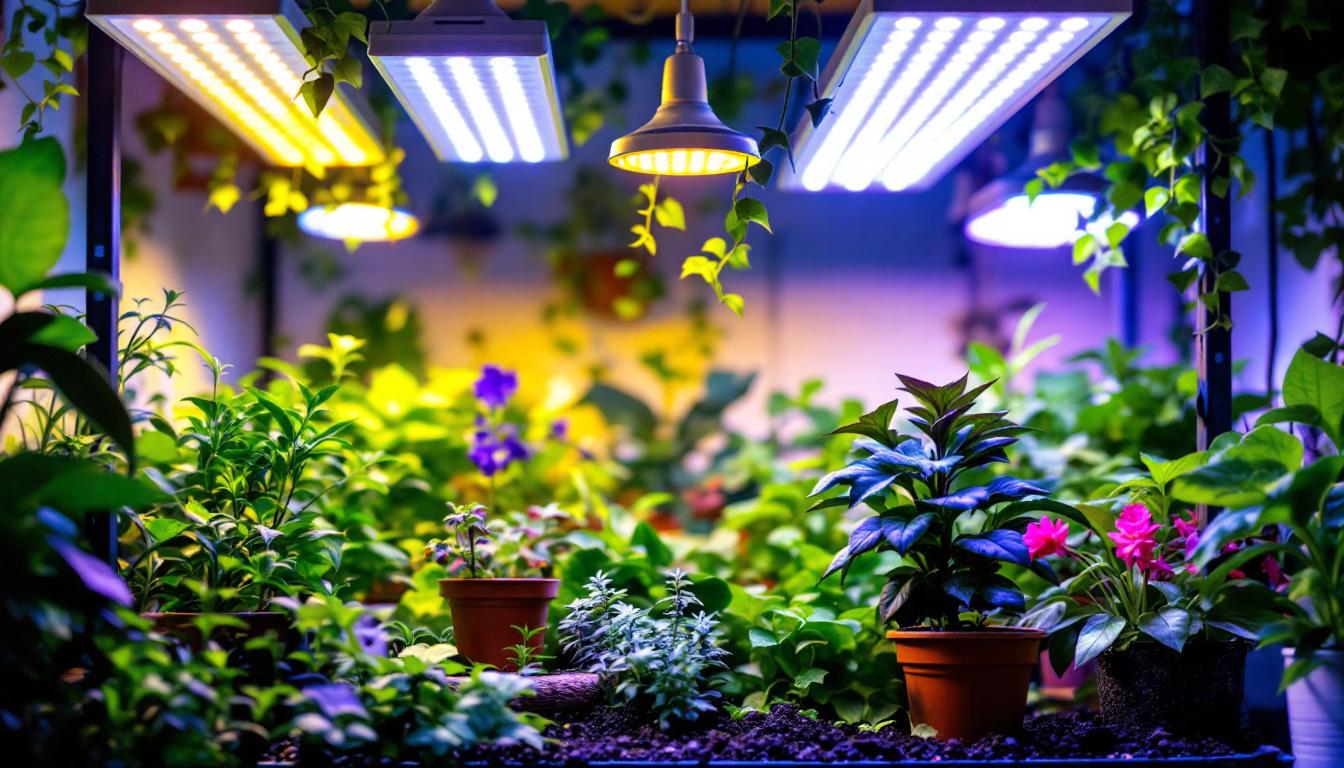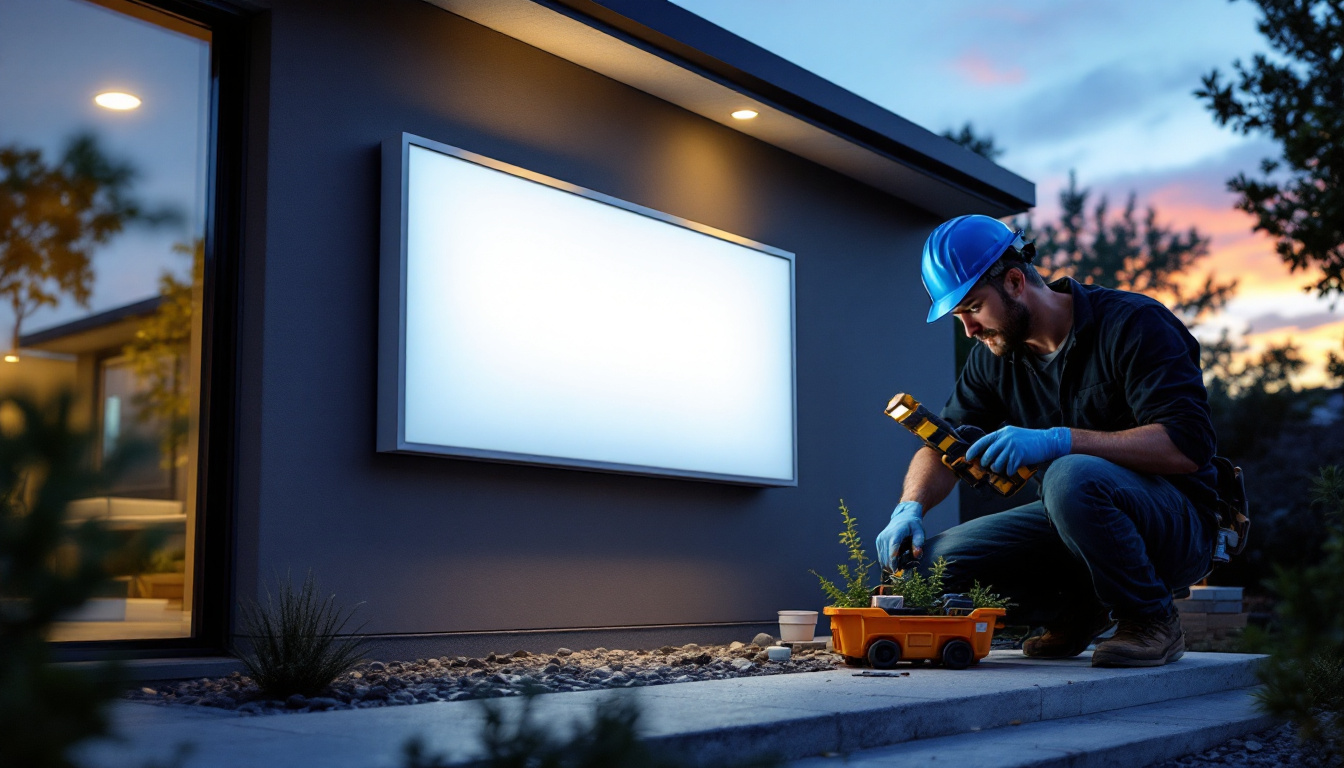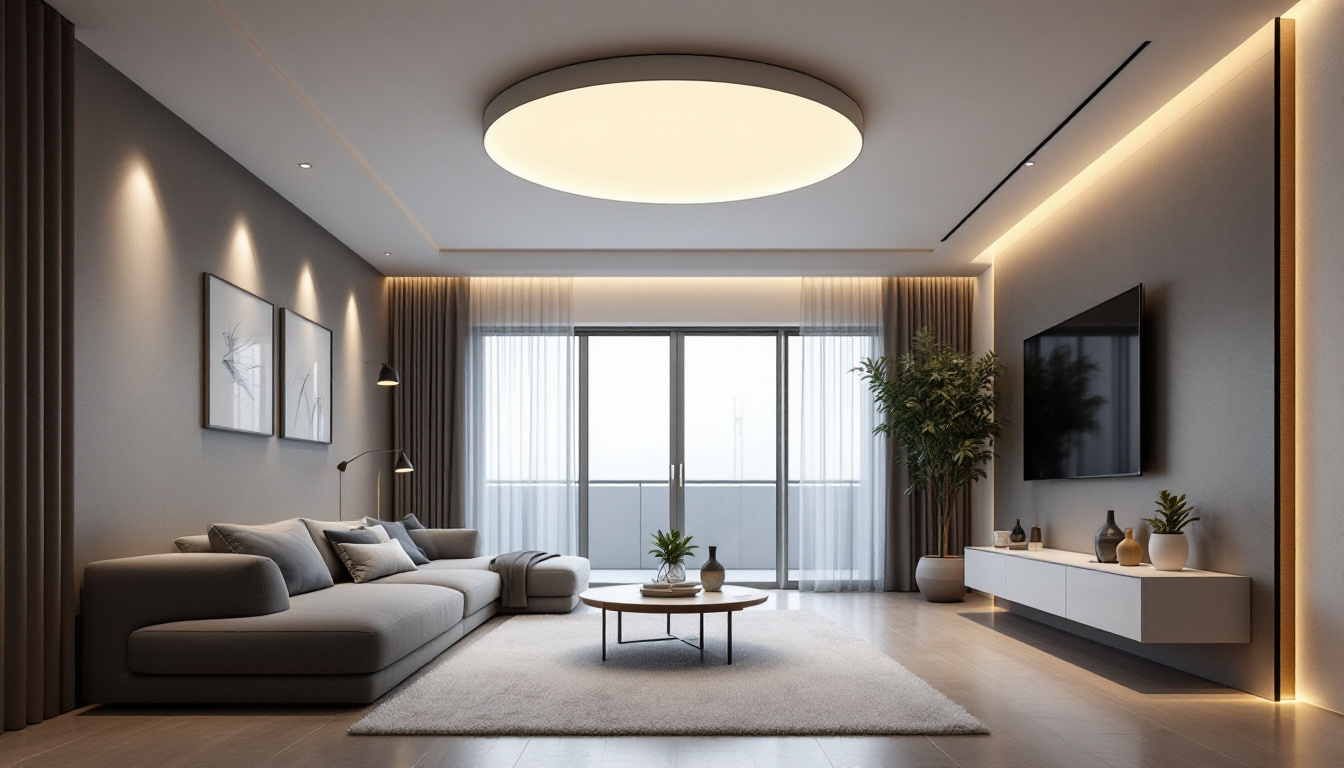
When clients ask for the cheapest LED grow lights, it’s tempting to point them toward the lowest upfront price. But as a lighting contractor, the real cost extends far beyond the sticker. The cheapest option on the market can quickly become the most expensive when factoring in energy consumption, lifespan, and plant yield.
LED technology has revolutionized indoor horticulture by offering energy-efficient lighting solutions that produce less heat and have longer lifespans compared to traditional HID or fluorescent grow lights. However, not all LED grow lights are created equal. The quality of diodes, driver components, and overall build can vary dramatically, impacting performance and durability.
Clients often focus on initial purchase price, but it’s essential to educate them about total cost of ownership. This includes electricity bills, replacement frequency, and maintenance costs. For example, a low-cost LED panel might consume more watts to deliver the same photosynthetically active radiation (PAR) as a higher-quality fixture, leading to inflated energy expenses over time.
Moreover, the efficiency of LED grow lights is not solely determined by their wattage but also by their spectral output. Different plants require varying light spectra for optimal growth, and high-quality LED grow lights are designed to provide specific wavelengths that enhance photosynthesis. This means that investing in a more advanced model can lead to healthier plants and higher yields, ultimately offsetting the initial investment. Additionally, many premium LED fixtures come with features such as dimming capabilities and programmable light cycles, allowing growers to tailor the light conditions to their plants’ specific needs throughout their growth stages.
Another crucial aspect to consider is the warranty and customer support that comes with the purchase of LED grow lights. Reputable manufacturers often provide extensive warranties, reflecting their confidence in the durability and performance of their products. A longer warranty can be an indicator of quality and reliability, ensuring that clients are protected against potential defects or failures. Furthermore, having access to knowledgeable customer support can make a significant difference for growers who may need assistance with setup, maintenance, or troubleshooting, ultimately enhancing their overall experience and success in indoor gardening.
When selecting LED grow lights, the primary goal is to provide plants with the right light spectrum and intensity for photosynthesis. PAR measures the light wavelengths plants use for growth, typically between 400 and 700 nanometers. PPFD (Photosynthetic Photon Flux Density) quantifies the number of photons hitting a square meter per second, essentially measuring how much usable light reaches the plants.
Cheaper LED grow lights often advertise wattage or lumens, which can be misleading. Lumens measure visible light to the human eye, not the light plants use. Wattage indicates power consumption but doesn’t guarantee efficient light output. Always prioritize fixtures with verified PAR or PPFD data to ensure your clients’ plants receive adequate light for optimal growth. Understanding these metrics can empower growers to make informed decisions, ultimately leading to healthier plants and better yields. Additionally, consider the light distribution pattern; a well-designed fixture should provide uniform coverage across the growing area, preventing hotspots and ensuring all plants receive consistent light exposure.
Plants require different light spectra at various growth stages. Blue light encourages vegetative growth, while red light promotes flowering and fruiting. The best LED grow lights offer a full spectrum or adjustable spectrum to tailor lighting to specific crops and growth phases.
Inexpensive LED grow lights may use a limited spectrum or cheap diodes that emit spikes in certain wavelengths but lack balance. This can stunt growth or reduce yields. As a contractor, recommend fixtures with proven full-spectrum capabilities or at least a combination of red and blue diodes that mimic natural sunlight. Furthermore, advanced models may include additional wavelengths, such as far-red and ultraviolet light, which can enhance plant responses and improve overall health. Educating clients on the benefits of these additional wavelengths can help them achieve more robust growth and higher quality produce, making their investment in quality lighting even more worthwhile.
Energy efficiency is critical, especially for commercial growers who run lights for many hours daily. Look for LED grow lights with high efficacy ratings, typically measured in micromoles per joule (µmol/J). Higher efficacy means more usable light output per watt of electricity consumed.
While the cheapest fixtures might have low upfront costs, they often have poor efficacy, leading to higher electricity bills. Over the lifespan of the fixture, these costs add up and can negate any initial savings. Encourage clients to consider long-term savings through energy-efficient models. Additionally, some manufacturers offer smart technology features that allow growers to monitor energy usage and adjust light schedules remotely. This not only enhances efficiency but also provides growers with valuable data to optimize their lighting strategies, ultimately leading to better growth outcomes and reduced operational costs.
Cheap LED grow lights often cut corners on materials and assembly. This can result in poor heat dissipation, leading to premature diode failure. Overheating is a silent killer for LEDs and can cause flickering, reduced light output, or complete burnout.
Fixtures lacking robust heat sinks or adequate cooling fans are a red flag. As a contractor, inspect the build quality carefully and avoid recommending products without proper thermal management. Clients will appreciate the reduced downtime and replacement costs associated with durable fixtures.
Many low-cost LED grow lights come with limited or no warranty coverage. This leaves growers vulnerable if the fixture fails prematurely. Additionally, some manufacturers offer poor customer support, making it difficult to resolve issues or obtain replacements.
Always check warranty terms and the reputation of the brand before recommending a product. A solid warranty reflects confidence in the product’s quality and provides peace of mind for your clients.
Some budget LED grow lights exaggerate their performance metrics. Claims of “1000W equivalent” or “full spectrum” may not hold up under scrutiny. Without third-party testing or verified data, these claims are often marketing hype.
Encourage clients to seek products with independent lab testing or certifications. Reliable manufacturers will provide detailed specifications and test results to back up their claims.
Not every grow operation requires top-tier LED grow lights. Small hobbyists might accept some compromises to save money, while commercial growers need reliable, high-performance fixtures to maximize yield and profitability.
As a contractor, tailor your recommendations based on the client’s budget, crop type, and scale. For larger installations, investing in quality LED grow lights pays off through energy savings and reduced maintenance. For smaller setups, suggest mid-range options that balance cost and performance.
Modular LED grow lights allow growers to start with a smaller investment and expand as needed. This approach can help clients avoid overspending upfront while still accessing quality lighting technology.
Look for fixtures that can be daisy-chained or combined seamlessly. This flexibility is attractive to clients who may want to scale operations or experiment with different lighting configurations.
Many regions offer energy rebates or incentives for upgrading to energy-efficient lighting. Help clients explore these programs to offset the cost of higher-quality LED grow lights. This can make premium fixtures more affordable and improve the return on investment.
Correct installation is vital to maximize the effectiveness and lifespan of LED grow lights. Ensure fixtures are mounted at the recommended height and spaced to provide even light distribution. Overlapping coverage prevents shaded areas and promotes uniform plant growth.
Improper spacing can cause hotspots or uneven growth, negating the benefits of quality lighting. Use light meters or PAR sensors during installation to verify coverage.
Even though LEDs produce less heat than traditional grow lights, they still generate some warmth that must be managed. Good airflow prevents heat buildup around fixtures and plants, preserving diode life and maintaining optimal growing conditions.
Advise clients to incorporate ventilation systems or fans to keep temperatures stable. Regularly clean heat sinks and fans to avoid dust accumulation, which impairs cooling efficiency.
Dust, dirt, and plant debris can accumulate on LED lenses and reduce light output. Schedule routine cleaning to maintain fixture performance. Use soft cloths and avoid harsh chemicals that could damage diodes or lenses.
Encourage clients to inspect wiring and connections periodically to catch any signs of wear or damage early. Preventive maintenance reduces downtime and extends the life of the lighting system.
Choosing the cheapest LED grow lights may seem like a straightforward way to save money, but it often leads to hidden costs and frustration. As a lighting contractor, your expertise is invaluable in helping clients navigate the complex market and avoid common pitfalls.
Focus on educating clients about the importance of PAR, spectrum quality, efficiency, and build durability. Recommend products backed by data and warranties, and tailor solutions to their specific needs and budgets. By emphasizing total cost of ownership rather than just upfront price, you build trust and deliver lasting value.
Ultimately, the best LED grow lights are those that balance affordability with performance, reliability, and energy efficiency. Your role is to guide clients toward these smart investments, ensuring their grow operations thrive under the right light.
Ready to provide your clients with the ideal balance of affordability and quality in LED grow lights? Look no further than LumenWholesale. We specialize in equipping contractors like you with top-quality, spec-grade lighting products at unbeatable wholesale prices. By eliminating the middleman, we ensure you don’t face inflated markups, making your smart lighting investments even smarter. Our extensive selection not only meets but exceeds the highest industry standards, guaranteeing reliable, high-performance lighting for all your projects. Plus, with free shipping on bulk orders, you can secure premium lighting solutions at the best value — all without hidden fees or compromises. Elevate your lighting game and ensure your grow operations flourish with LumenWholesale. Wholesale Lighting at the Best Value.

Discover how exterior light boxes can transform your lighting contracting business.

Explore the impact of recessed lighting on contemporary interiors, including cost considerations and design benefits.

Discover why purchasing outdoor linear light fixtures in bulk from local distributors might not be the best choice.

Discover how outdoor lighting installations can significantly enhance safety in your surroundings.